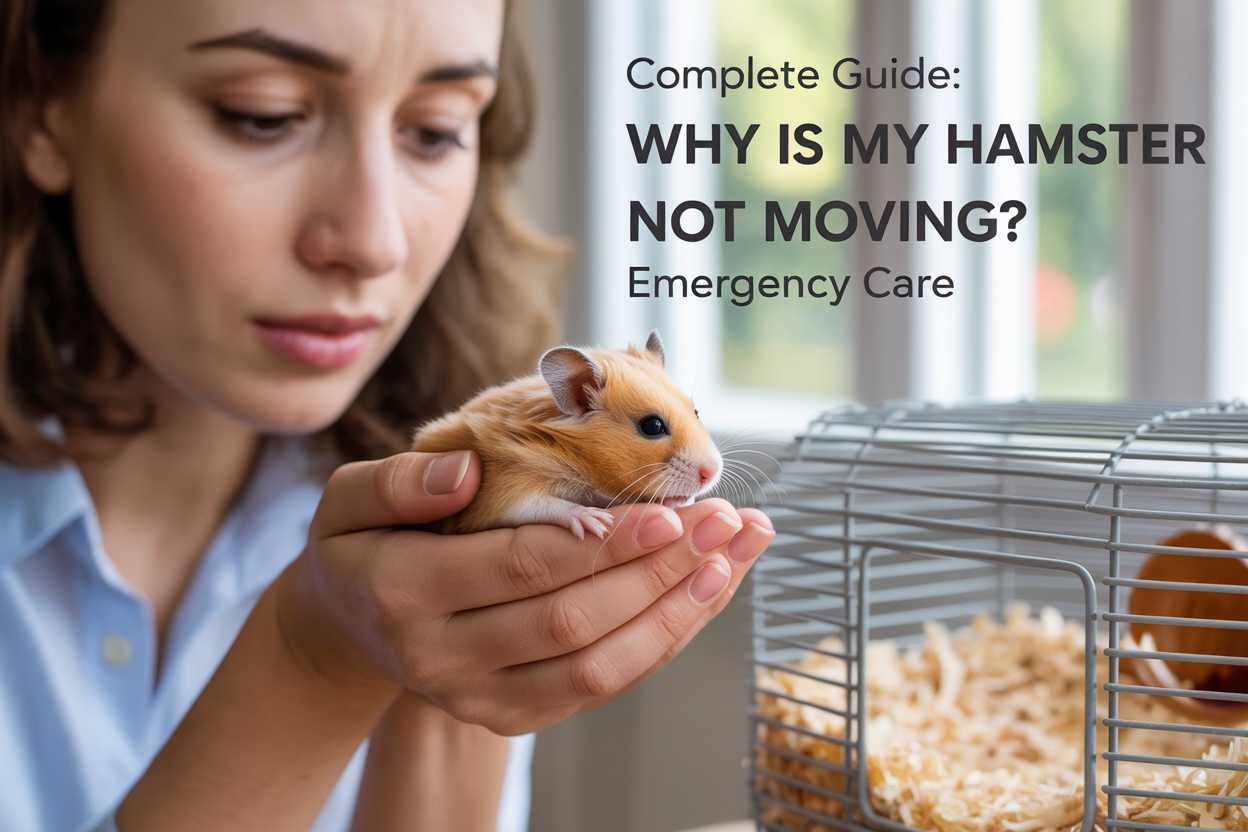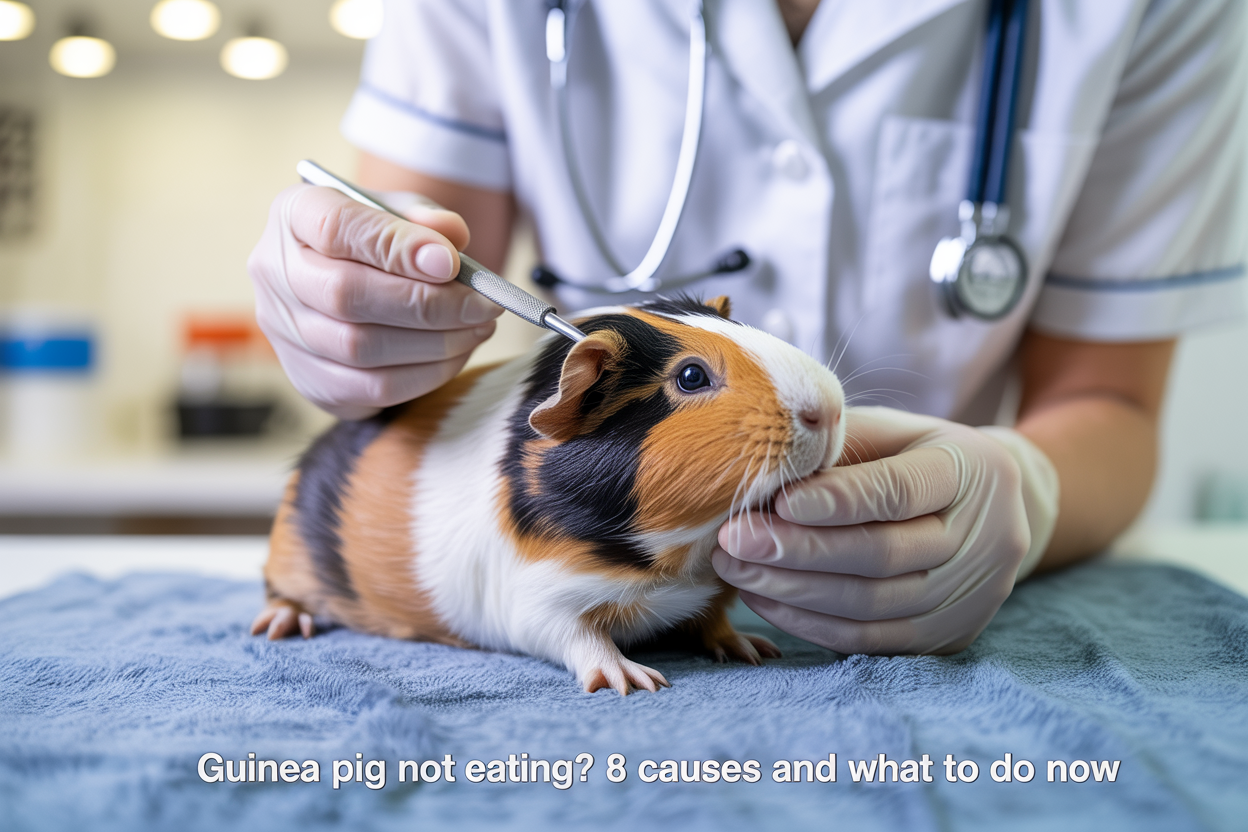How to take care of animals post floods
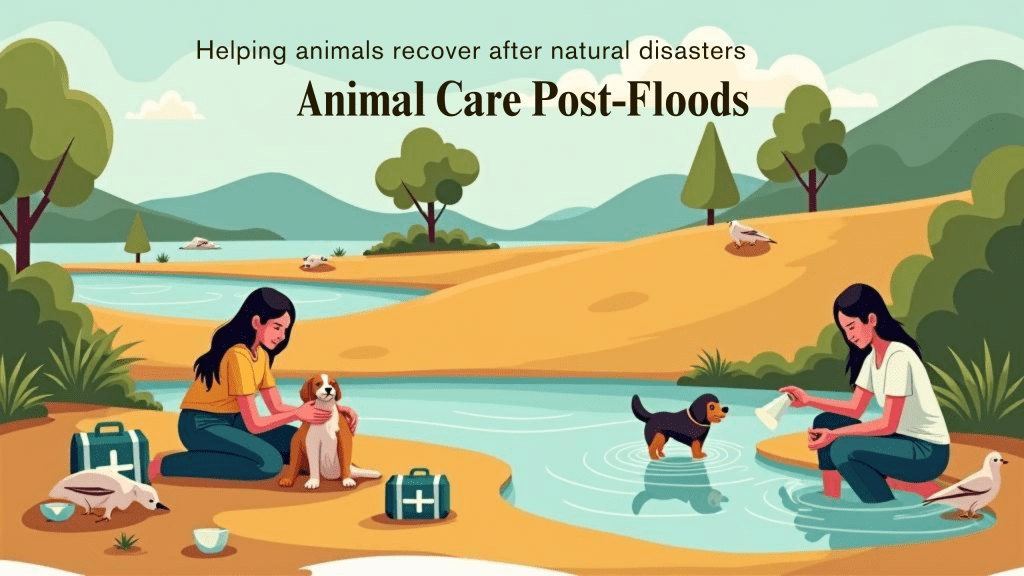
Caring for animals after a flood is a critical and multifaceted challenge.
The aftermath of a flood poses significant risks to both large and small animals, affecting their health, nutrition, and overall well-being. Here are the key topics and a comprehensive guide to total care for animals after floods.
Common Post-Flood Dangers for All Animals
- Contaminated Water and Feed: Floodwaters are highly contaminated with bacteria (e.g., Leptospira), viruses, parasites, and chemical toxins. Any food or hay that has been submerged should be discarded immediately as it can lead to severe illness or death.
- Injuries: Animals are at high risk of cuts, punctures, and bruises from debris hidden in the water or mud, such as broken glass, metal, and wire.
- Stress: The trauma of the flood and being in an unfamiliar, chaotic environment can cause significant psychological and physiological stress, weakening their immune systems.
- Lack of Shelter: The loss of barns, sheds, or kennels leaves animals exposed to the elements, increasing their susceptibility to illness.
Care for Large Animals (Cows, Buffaloes, Goats)
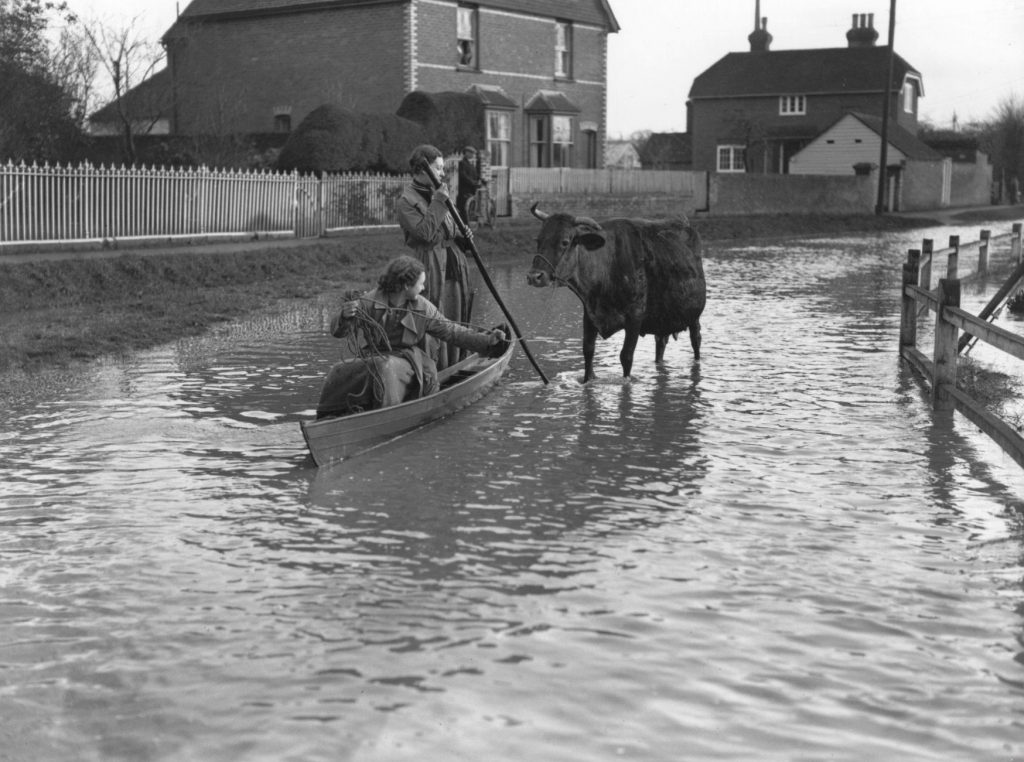
1. Immediate Health Assessment and Total Care
- Veterinary Check-up: The first priority is to have a veterinarian examine all livestock. This is crucial for early detection of diseases and injuries.
- Foot/Hoof Care: Prolonged exposure to wet, muddy conditions can lead to hoof problems like foot rot (interdigital necrobacillosis) and abscesses. Keep animals on dry ground as much as possible and check their hooves daily for signs of swelling, redness, or lameness.
- Disease Prevention: Floods create a perfect environment for bacterial growth. Vaccinations for clostridial diseases (like blackleg), leptospirosis, and other relevant illnesses should be up-to-date. Your vet can advise on booster shots.
- Insect-Borne Diseases: Stagnant water is a breeding ground for mosquitoes and other biting insects that can transmit diseases like West Nile Virus. Use repellents and monitor for signs of illness.
- Monitor for Botulism: Decaying plant and animal material in flood-affected areas can contain the botulism toxin, which is often fatal if ingested. Ensure livestock do not have access to contaminated areas.
2. Nutrition and Hydration
- Clean Water: Provide a consistent supply of clean, fresh drinking water. Do not allow animals to drink from puddles or contaminated sources.
- Safe Feed: Only provide feed and hay that have not been exposed to floodwaters. If feed is scarce, seek assistance from agricultural extension services or NGOs.
- Gradual Reintroduction to Feed: If an animal has been without food for an extended period, reintroduce feed slowly and in small amounts to avoid digestive issues. Concentrates should be introduced very gradually.
- Nutritional Support: Consider supplementing with mineral blocks or concentrates to help animals regain strength and boost their immune systems, especially pregnant or lactating animals.
Care for Small Animals (Dogs, Cats)
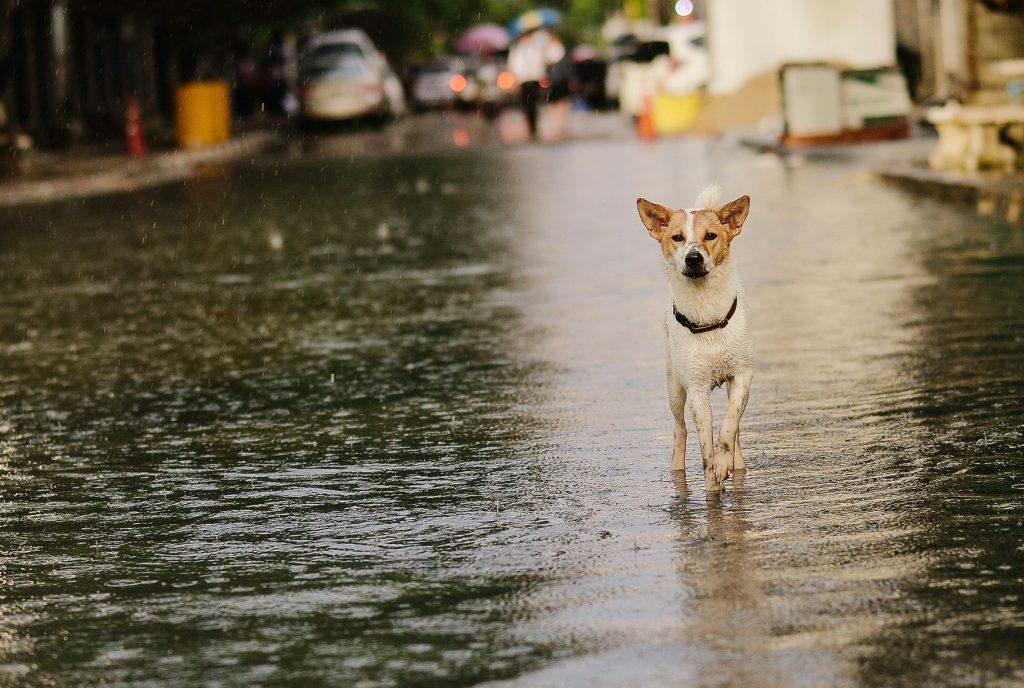
1. Immediate Health Assessment and Total Care
- Veterinary Check-up: As with livestock, a vet visit is essential. Even if your pet looks fine, they may have ingested something harmful or contracted a waterborne illness.
- Leptospirosis Risk: Dogs are particularly susceptible to leptospirosis, a bacterial disease transmitted through contaminated water or urine. Ensure your dog’s vaccination for this is current.
- Washing and Decontamination: Wash your pet thoroughly with a pet-safe shampoo or a mild, grease-cutting detergent to remove any floodwater residue, chemicals, or debris from their fur. Pay close attention to their paws and ears.
- Behavioral Health: The stress of a flood can cause behavioral changes like fear, anxiety, or aggression. Provide a calm, quiet, and familiar space for your pet with their favorite blankets or toys to help them feel secure.
- Internal and External Parasites: Be vigilant for an increase in fleas, ticks, and worms. The moist environment is ideal for them. Administer vet-approved anti-parasitic treatments.
2. Nutrition and Hygiene
- Clean Water and Food: Only give your pet clean, fresh water and uncontaminated food. Throw away any pet food or treats that may have gotten wet.
- Paw Care: Inspect your pet’s paws for cuts or irritation from walking on wet, rough, or contaminated surfaces. Clean and dry them thoroughly after every outdoor trip.
- Grooming: Keep your pet’s coat clean and dry to prevent skin infections and fungal growth.
What Can Happen (Post-Flood Diseases)
- Livestock:
- Foot Rot: Swelling, pain, and lameness in hooves.
- Leptospirosis: Fever, lethargy, loss of appetite, and in severe cases, kidney or liver failure.
- Mastitis: Bacterial infection of the udder in dairy animals.
- Gastrointestinal issues: Diarrhea and other digestive problems from contaminated feed or water.
- Small Animals:
- Leptospirosis: Can cause flu-like symptoms and progress to organ failure.
- Gastrointestinal distress: Vomiting and diarrhea from ingesting contaminated water.
- Dermatitis: Skin infections from prolonged exposure to moisture and contaminants.
Total Care Summary
- Safety First: Ensure both your and your animals’ safety. Do not re-enter flood-affected areas until it’s deemed safe. Be cautious of downed power lines and dangerous debris.
- Health Check: Prioritize veterinary care. Contact a local vet or animal welfare organization for assistance and a complete check-up.
- Cleanliness: Provide clean, dry shelter and a sanitized environment.
- Nutrition: Ensure access to clean, fresh water and uncontaminated food.
- Observation: Continuously monitor your animals for any signs of illness, injury, or distress. Early intervention is key to a full recovery.


